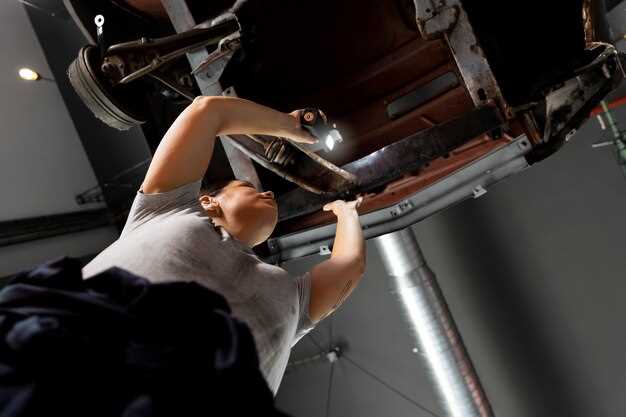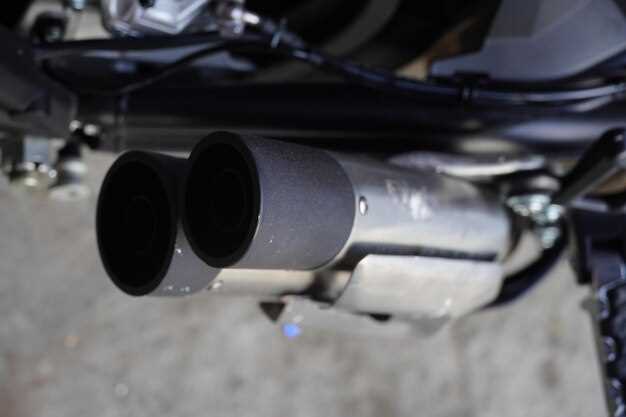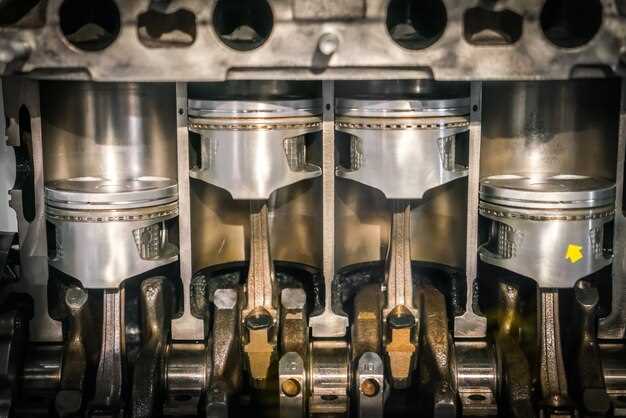
Jeep owners are known for their passion for adventure and off-road capabilities, but to truly elevate your driving experience, investing in a performance exhaust system is essential. A well-crafted exhaust mod not only enhances the aesthetics of your vehicle but also significantly boosts its performance. As you navigate challenging terrains, the right exhaust system will provide both power and efficiency, making every journey more exhilarating.
Performance exhaust systems are designed to optimize airflow, reduce back pressure, and improve engine efficiency. For Jeep enthusiasts, this means better throttle response, increased torque, and improved fuel economy. Whether you’re conquering rocky trails or cruising through city streets, an upgraded exhaust system ensures that your Jeep performs at its peak.
Choosing the right performance exhaust mod involves understanding your Jeep’s specific needs and how different systems can complement your driving style. From cat-back systems to headers, the options are vast and cater to various preferences and requirements. This guide will assist you in navigating the complexities of performance exhaust systems, empowering you to make informed decisions for your Jeep while maximizing its capabilities.
Choosing the Right Performance Exhaust for Your Jeep Model

Selecting the appropriate performance exhaust system for your Jeep is crucial for enhancing engine output and optimizing the overall driving experience. Different Jeep models have unique requirements, so it’s essential to understand the specifications and compatibility of the exhaust systems available in the market.
First, consider the engine type of your Jeep. For instance, a V6 engine may benefit from a different exhaust configuration than a V8. Look for exhaust systems that are specifically designed for your engine size and model year. Cat-back exhaust systems are popular choices, offering enhanced performance without compromising emissions regulations.
Additionally, the material of the exhaust system plays a significant role in durability and weight. Stainless steel is a common choice for performance exhausts, as it provides longevity and resistance to rust, which is essential for off-road applications. Aluminized steel is another option, often more affordable but less durable than stainless steel.
Sound is another important factor when selecting a performance exhaust. Different systems can produce varying sound levels and tones, from a mild rumble to an aggressive roar. Choose a sound profile that matches your preferences while keeping in mind that louder exhausts may attract legal scrutiny in certain areas.
Lastly, ensure that the performance exhaust system you choose allows for easy installation and compatible aftermarket modifications. Kits that come with all necessary hardware and detailed instructions can save time and effort during installation. Researching user reviews and expert opinions can further guide you in making the right choice for your Jeep.
Installation Tips for Jeep Performance Exhaust Systems
Installing a performance exhaust system on your Jeep can significantly enhance its power and sound. To ensure a smooth installation process, follow these essential tips.
First, gather all the necessary tools and materials, including wrenches, ratchets, sockets, and a jack. Make sure you have the new exhaust system components ready for installation. Having everything at hand will save you time and effort during the process.
Before starting the installation, it is crucial to raise your Jeep securely using jack stands. This will provide sufficient space to work underneath the vehicle safely. Always double-check that the jack stands are stable to prevent accidents.
Begin by removing the old exhaust system. Carefully disconnect the hangers and flanges, taking care not to damage any existing components that you may want to reuse. It’s advisable to spray some penetrating oil on rusted bolts or nuts to make removal easier.
Once the old system is out, compare the new exhaust parts with the old ones to ensure everything matches correctly. Pay attention to any specific instructions provided by the manufacturer, as each performance exhaust system may have unique installation requirements.
When installing the new system, start from the front and work your way back. This ensures proper alignment. Use anti-seize lubricant on the bolts to prevent future rusting and to facilitate easy removal when necessary.
Make sure to securely attach all hangers, clamps, and brackets, ensuring that there is sufficient clearance from the vehicle’s frame and other components. Improper installation could lead to rattles or damage from contact with other parts of your Jeep.
After installation, start your engine to check for leaks or unusual noises. A proper installation should not produce any hissing or exhaust leaks. If you notice anything abnormal, double-check your connections and seals.
Lastly, give your Jeep a test drive to experience the performance improvements. A freshly installed performance exhaust should provide better throttle response and a more aggressive sound, enhancing your overall driving experience.
Maximizing the Benefits of Your Jeep’s New Exhaust System

Upgrading to a performance exhaust system is one of the most effective mods to enhance your Jeep’s overall capabilities. To truly maximize the advantages of this upgrade, consider several key factors that can amplify your driving experience.
First, ensure proper installation. A high-quality exhaust system requires precise fitting to function at its best. Any leaks or misalignments can negate performance gains, so enlist a professional or thoroughly follow installation guidelines if you’re a DIY enthusiast.
Next, pairing your new exhaust system with a complementary intake system can significantly boost engine performance. Improved airflow allows your Jeep’s engine to breathe better, resulting in heightened horsepower and torque. This synergy between intake and exhaust creates a balanced setup that leverages the full potential of your mod.
Tuning your engine management system is also crucial after exhaust installation. Updating the ECU settings can optimize fuel delivery and timing for your new exhaust setup, ensuring better performance and efficiency. Many Jeep enthusiasts turn to aftermarket tuners that specifically enhance performance while accommodating changes made by exhaust modifications.
Additionally, don’t overlook the importance of regular maintenance. Keeping your exhaust system clean and free of debris will help maintain its efficiency and extend its lifespan. Inspect welded joints and hangers for signs of wear or corrosion to prevent future complications.
Lastly, consider the sound profile your new exhaust system offers. A performance exhaust should provide a more aggressive tone, enhancing your Jeep’s character. However, it’s essential to select a system that aligns with local noise regulations to avoid any legal issues while enjoying your ride.
By following these guidelines, you can fully realize the benefits of your Jeep’s new exhaust system and enjoy a more powerful, efficient, and exhilarating driving experience.




